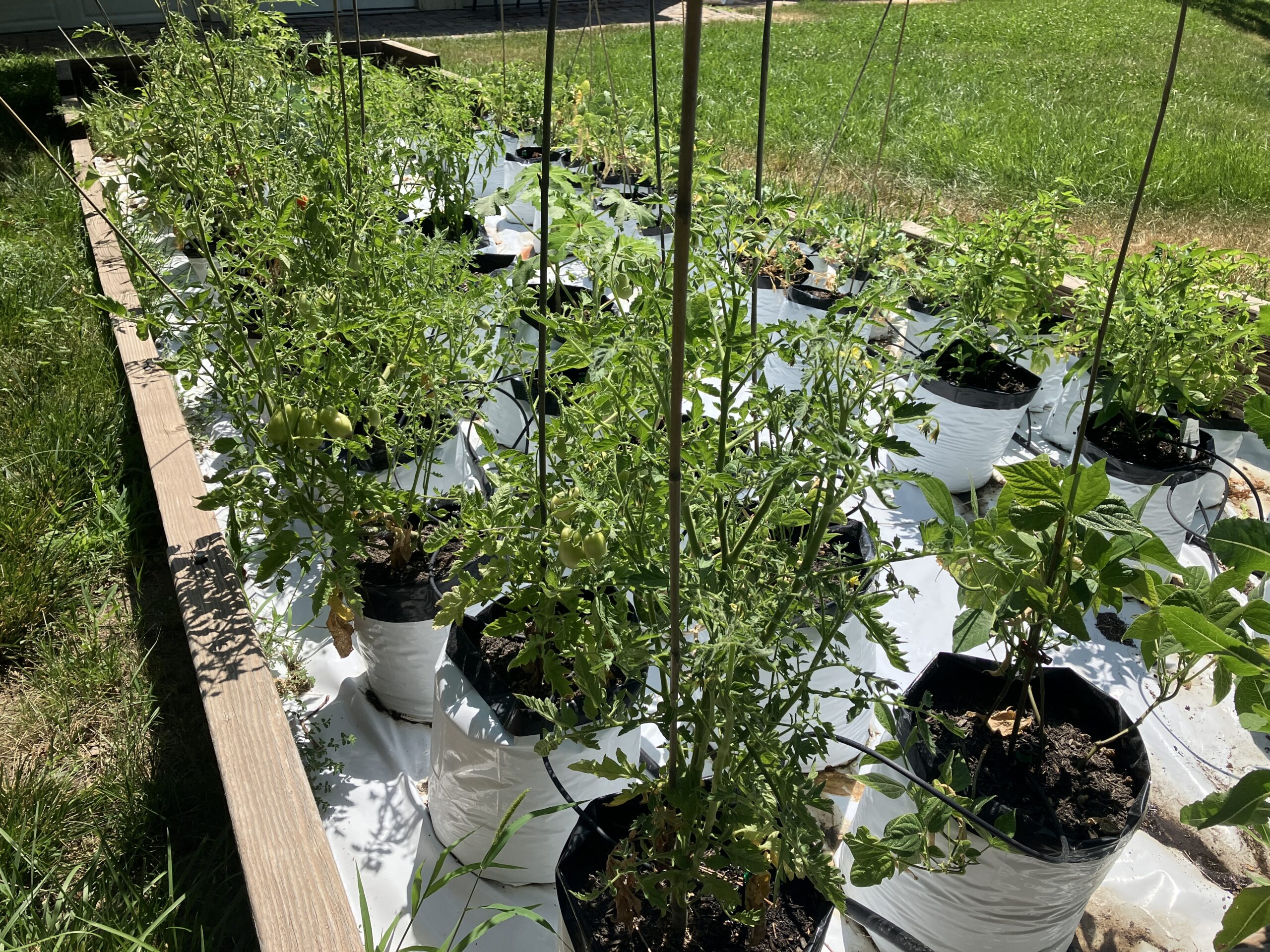10.2 System Maintenance

10.2 System Maintenance
Watering and Irrigation Management
Drip Irrigation Systems
Drip systems are the backbone of efficient grow bag gardening. These precision watering networks deliver water directly to plant roots, minimizing waste and reducing the risk of fungal diseases. Install a timer-controlled drip system with adjustable emitters to provide consistent moisture tailored to each plant’s specific needs. Key considerations include:
- Use pressure-regulated emitters to ensure even water distribution
- Install filter systems to prevent clogging
- Adjust drip rates based on plant type, size, and seasonal requirements
- Check connections weekly for leaks or blockages
Automated Watering Solutions
For maximum convenience and plant health:
- Implement smart water controllers that monitor soil moisture
- Use moisture tester to prevent under-watering
- Consider solar-powered irrigation systems for off-grid setups
- Create a backup manual watering plan for system failures
Weed Management Strategies
Weed Removal Techniques
- Remove weeds when small to prevent root establishment
- Use hand tools designed for container gardening
- Avoid chemical herbicides that could damage plant roots
- Consider gentle weeding techniques that minimize soil disruption
Plant Support and Pruning
Trussing and Structural Support
- Install sturdy stakes or tomato cages at planting time
- Use soft plant ties that won’t damage stems
- Select support structures appropriate to plant variety
- Adjust supports as plants grow, checking weekly
Pruning Techniques
- Remove dead, diseased, or yellowing leaves regularly
- Practice strategic pruning to improve air circulation
- Pinch back herbs and leafy vegetables to encourage bushier growth
- Use clean, sharp pruning tools to prevent disease transmission
Additional Maintenance Considerations
Soil and Nutrient Management
- Refresh soil annually with G3 Grow Mix every growing season for best results.
- Use slow-release fertilizers or periodic liquid fertilization
- Monitor plant health for signs of nutrient deficiencies
Pest and Disease Prevention
- Implement companion planting strategies
- Use row covers for additional plant protection
- Conduct weekly inspections for pest or disease signs
- Maintain proper spacing between grow bags for air circulation
System Cleaning and Maintenance
- Clean drip system components annually
- Inspect grow bags for wear and replace as needed
- Sanitize tools between uses to prevent disease spread
- Store grow bags and equipment properly during off-seasons
Seasonal Maintenance Checklist
Spring Preparation
- Clean and inspect all gardening equipment
- Repair or replace damaged grow bags. Duct tape can address any tares or damage with ease.
- Calibrate and adjust irrigation emitters as needed.
- Prepare seedling starter areas
Summer Care
- Increase watering frequency during heat waves
- Monitor for heat stress
- Provide temporary shade for sensitive plants
- Check trussing and support systems
Fall Maintenance
- Prepare for season extension techniques
- Clean and store summer equipment
- Prepare grow bags for fall/winter crops
- Perform comprehensive system check
Winter Preparation
- Protect sensitive systems from freezing
- Move portable grow bags to protected areas
- Maintain minimal watering for overwintering crops
- Perform deep cleaning and equipment maintenance
Tags:Troubleshooting
Bug Out or Bug In
The Bug Out Garden isn't just a product – it's your ticket to food independence in any situation. Whether you're bugging out or bugging in, this versatile system has you covered. In a "bug out" scenario, its portable design allows you to swiftly relocate your food source, ensuring sustenance even when on the move. For those "bugging in," it's an efficient solution for urban dwellers, preppers, or anyone wanting a reliable food supply at home. From apartment balconies to remote wilderness, The Bug Out Garden empowers you to grow fresh, nutritious food anywhere. It's not just about survival; it's about thriving with your own homegrown produce, come what may. With The Bug Out Garden, you're always ready to grow your own food security.

